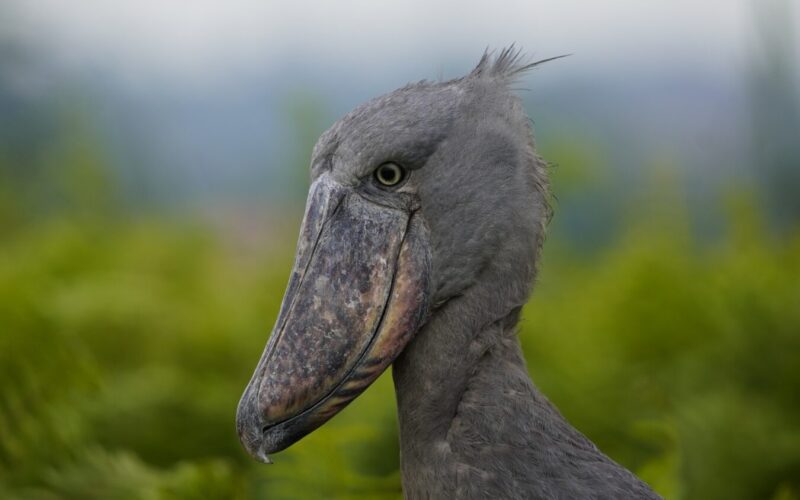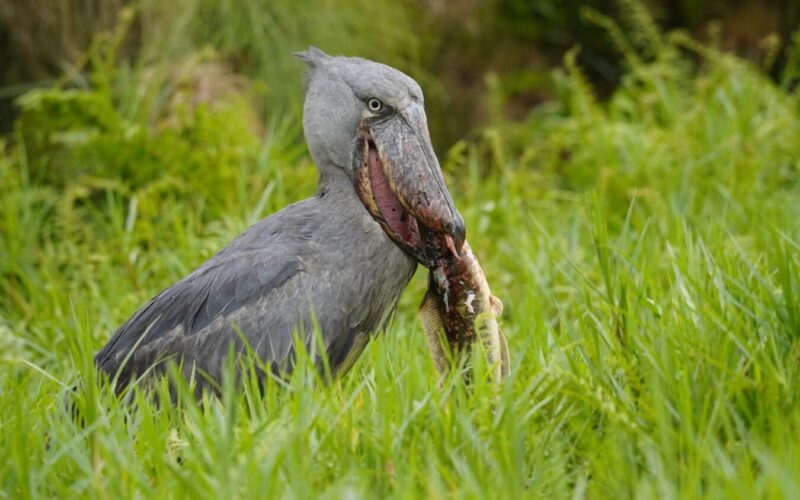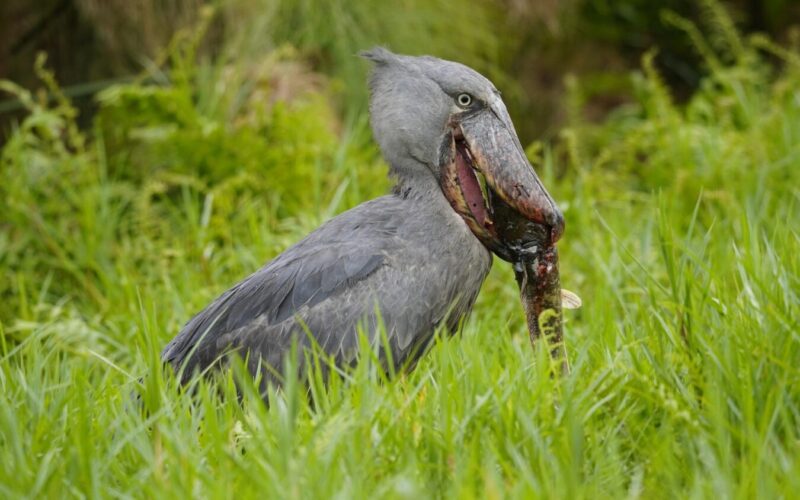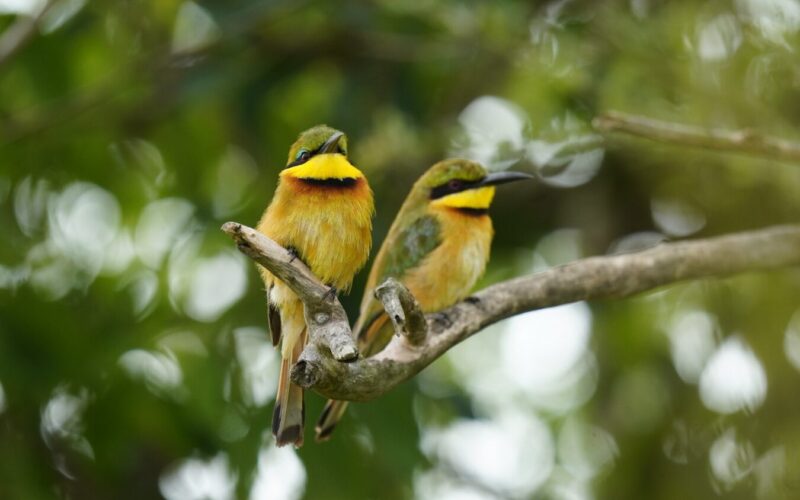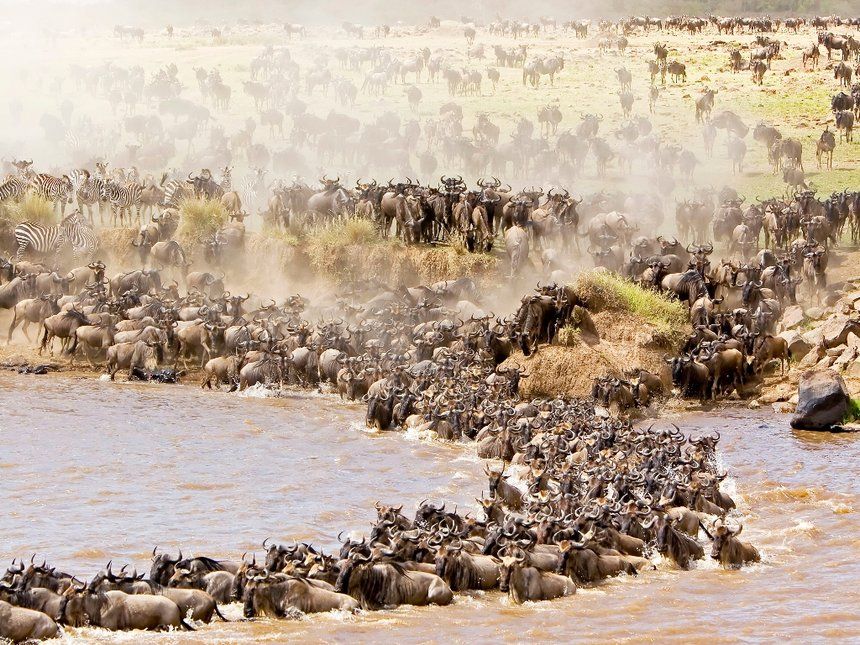
Experience the Great Migration in Kenya from Greece
August 15, 2025
Kenya Safari All Inclusive Packages
August 16, 2025Great Migration Africa: Your Ultimate Guide by Deks Safaris & Tours Ltd
The Great Migration Africa represents one of the planet’s most awe-inspiring wildlife spectacles. Each year, over a million wildebeest, zebras, and gazelles embark on an epic journey spanning Tanzania’s Serengeti National Park and Kenya’s Masai Mara National Reserve. This vast movement is more than just a seasonal trek; it embodies the relentless quest for fresh grazing and water. The migration drives an unending cycle of life, death, and renewal, unfolding dramatic scenes of survival and resilience.
The Great Wildebeest Migration has captivated global travelers, wildlife enthusiasts, and conservationists, drawing them to witness the heart-stopping river crossings and intense predator-prey interactions that define this natural event. As one of the most iconic elements of Kenya Wildlife Safaris and Tanzanian adventures, the Great Migration remains a powerful symbol of Africa’s rich biodiversity and ecological harmony.
Exceptional East Africa Gorilla Trekking Safari Holidays
- Uganda Primate Fly-In Safari 6-Day Experience
- 8-Day Uganda Big Five Safari Experience
- 9-Day Uganda Wildlife Safari Tour
- Kenya Uganda Rwanda 10-Day Tour
- 10-Day Uganda Safari Experience
- Kenya, Uganda, & Rwanda 12-Day Safari
- 14-day-all-inclusive-rwanda-wildlife-safari
- Kenya Tanzania Uganda 15-Day Safari
- 15-Day Uganda Wildlife & Primate habituation safari
- 6-Day Uganda Habituation Safari
What Is the Great Migration Africa and Why Is It Important?
The Great Migration Africa primarily involves vast herds of wildebeest, zebras, and Thomson’s gazelles. These herbivores follow the rains and lush grazing grounds, traversing roughly 1,800 miles in a clockwise direction through the Serengeti-Mara ecosystem. This continuous movement ensures survival amid seasonal shifts in food and water availability.
Predators such as lions, leopards, cheetahs, and hyenas closely follow the migrating herds. These apex predators rely heavily on the migration for sustenance, contributing to a delicate balance between predator and prey. The migration’s timing and path not only influence animal behavior but also impact vegetation growth and the overall health of the ecosystem.
From a tourism perspective, the migration supports local economies in Kenya and Tanzania. It fuels Kenya Safaris and Tanzanian safari industries, providing livelihoods for communities and promoting conservation efforts. This extraordinary phenomenon generates sustainable tourism and international interest, positioning itself as a flagship experience for African wildlife safaris.
Where Does the Great Migration Africa Occur?
The migration’s pathway weaves through two key protected areas: Tanzania’s Serengeti National Park and Kenya’s Masai Mara National Reserve. These contiguous ecosystems create one of the world’s largest wildlife corridors.
The southern Serengeti plains, especially the Ndutu region, serve as the calving grounds where thousands of wildebeest calves are born during the rainy season, typically between January and March. After calving, the herds begin moving northwest toward the Grumeti River.
The Western Corridor of the Serengeti, including the Grumeti River, presents one of the first major natural obstacles. Here, thousands of animals brave crocodile-infested waters as they cross the river, a dramatic spectacle for safari travelers.
The journey culminates in Kenya’s Masai Mara, where the herds confront the famous Mara River. Between July and October, the Mara River crossings offer unparalleled wildlife drama, marked by the risk of predation and the animals’ sheer determination. Following this, the herds slowly make their way back south, restarting the cycle anew.
When Does the Great Migration Africa Happen? Understanding the Migration Cycle
The Great Wildebeest Migration is a year-round event, though certain months present optimal viewing opportunities. Understanding this cyclical pattern helps travelers choose the best time for their safari adventures.
- December to March: The herds gather primarily in the southern Serengeti, focusing on calving season in the Ndutu plains. During this period, thousands of calves are born, attracting predators and creating intense wildlife interactions.
- April to May: The herds begin moving westward and northward toward the Grumeti River. Vegetation renewal following rains spurs this migration, and the animals start crossing smaller rivers.
- June to July: The migration concentrates near the Grumeti River and Western Serengeti, where animals face perilous river crossings. Some herds linger in this area, exploiting the rich grazing lands.
- August to October: This period marks the migration’s entry into Kenya’s Masai Mara, highlighted by the dramatic and often dangerous Mara River crossings. This is the peak season for Kenya Wildlife Safari visitors aiming to witness the full spectacle.
- November to December: The herds begin moving southwards again, back toward the Serengeti, anticipating the rainy season that will trigger the next cycle.
Travelers often ask, “When is the best time to witness the Great Migration in Kenya?” The August to October months remain the most recommended for viewing the river crossings and predator activity.
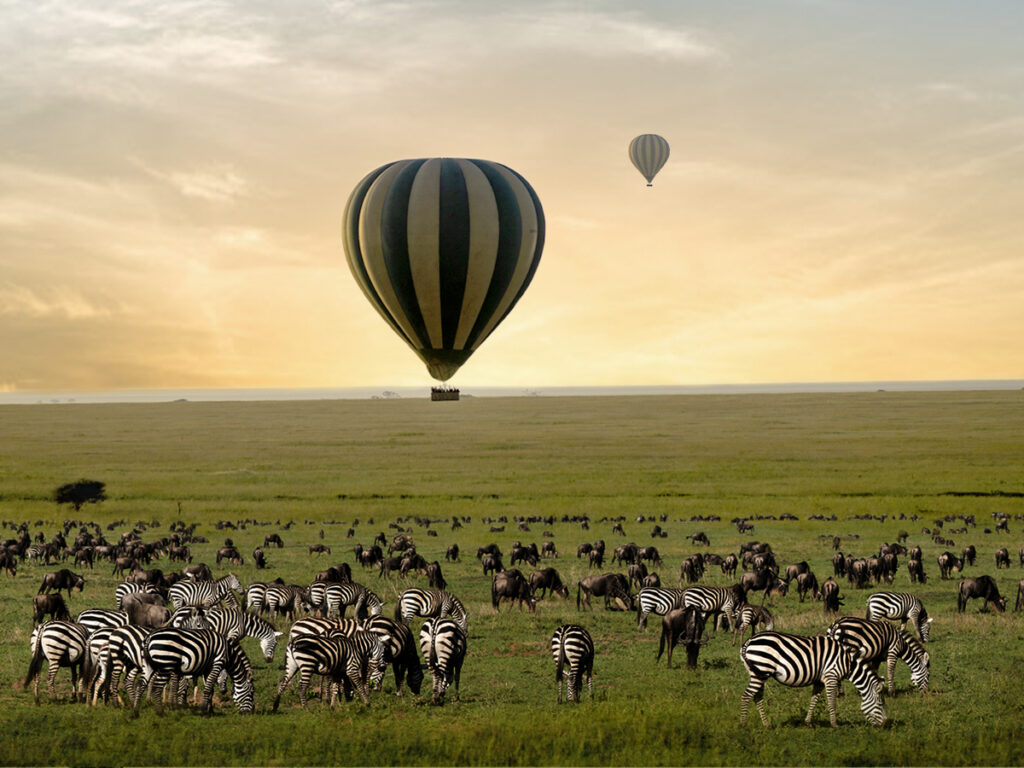
Kenya Uganda & Rwanda 16-Day Safari
What Makes the Great Migration River Crossings So Dramatic?
The river crossings at the Grumeti and Mara Rivers stand as the defining moments of the Great Wildebeest Migration in Kenya and Tanzania. These natural barriers challenge the animals’ endurance and survival instincts, creating breathtaking scenes filled with tension and courage.
Thousands of wildebeest and zebras gather at the riverbanks, assessing the swift currents and lurking Nile crocodiles. Crossing the river requires perfect timing, strength, and sometimes luck. Many animals fall prey to crocodiles or drown, emphasizing the harsh realities of the migration.
For safari visitors, witnessing these crossings offers a rare chance to observe nature’s raw power. The crossings showcase the determination of the herds and the opportunistic strategies of predators. These intense moments create unforgettable photographic opportunities and profound emotional impact.
The river crossings remain a highlight of Kenya Wildlife Safaris, drawing travelers eager to witness this thrilling survival saga.
What Other Wildlife Can You See During the Great Migration Africa?
While wildebeest, zebras, and gazelles dominate the migration, the ecosystem teems with a wide variety of animals year-round. The Serengeti and Masai Mara host Africa’s Big Five—lion, elephant, leopard, buffalo, and rhinoceros—alongside numerous smaller species.
Predators such as lions, cheetahs, and hyenas follow the migrating herds, hunting weakened or separated animals. Crocodiles patrol riverbanks, waiting for migration crossings. Birds like vultures, marabou storks, and secretary birds also thrive in this ecosystem.
Safari guests enjoy exceptional game drives spotting giraffes browsing acacia trees, elephants bathing in waterholes, and colorful birdlife filling the skies. This biodiversity elevates the Kenya Safari experience beyond the migration itself.
Visitors often ask, “What other animals will I see during a Kenya Wildlife Safari focused on the Great Migration?” The answer is a stunning variety of wildlife, ensuring every safari day brings unique sightings.
How Do the Great Migration Africa Months Influence Safari Planning?
Selecting the right time to visit based on Great Migration Africa months maximizes your chances of witnessing key events. The migration’s timing directly impacts accommodation availability, safari activities, and travel logistics.
The peak season between July and October, especially in the Masai Mara, attracts many tourists, requiring early bookings to secure prime safari camps and lodges. These months offer excellent weather, abundant wildlife, and the chance to observe dramatic river crossings.
Travelers visiting between December and March experience the calving season’s drama in the southern Serengeti, rich with predator-prey action. While fewer tourists visit during this time, the experience remains rewarding.
Off-peak months such as April to June coincide with rainy seasons, potentially affecting road access but offering lush landscapes and fewer crowds. Deks Safaris & Tours Ltd tailors itineraries around your interests, ensuring a seamless safari regardless of timing.
Many clients ask, “When should I plan my Kenya Safari to see the Great Wildebeest Migration at its best?” Our expert advice guides you through these decisions based on migration patterns and personal preferences.
What Cultural Experiences Complement a Great Migration Safari?
The Great Migration is more than just a wildlife spectacle; it offers a gateway into East Africa’s rich cultural heritage. Visitors can immerse themselves in Maasai traditions around the Masai Mara and Serengeti regions.
Local Maasai communities welcome travelers to their villages, sharing stories, dances, and traditional beadwork. These interactions deepen understanding of the delicate balance between wildlife conservation and indigenous livelihoods.
Guests often enjoy cultural visits organized by lodges near migration routes. Participating in Maasai ceremonies, learning about their pastoral lifestyle, and purchasing handmade crafts enrich the safari experience.
For travelers wondering, “What cultural activities are available during a Kenya Safari focusing on the Great Wildebeest Migration?” The answer is a diverse array of authentic cultural exchanges that complement wildlife viewing perfectly.

15-Day Kenya Uganda Safari
What Should You Pack for a Kenya Safari During the Great Migration Africa?
Preparing for a Kenya Wildlife Safari during the migration requires careful packing to ensure comfort, safety, and enjoyment. Many travelers ask, “What to pack for a Kenya Safari to fully enjoy the Great Wildebeest Migration?”
Pack neutral-colored clothing like khaki and olive to blend with the environment. Layering helps adapt to temperature shifts between warm days and cool mornings. Sun protection essentials include a wide-brimmed hat, sunglasses, and sunscreen.
Bring sturdy shoes suitable for game drives and walking, binoculars for distant wildlife, and a quality camera with zoom lenses. Insect repellent, personal medications, and a light rain jacket for occasional showers round out the essentials.
Deks Safaris & Tours Ltd offers customized packing guides for every client, ensuring readiness for the unique conditions of migration safaris.
Why Choose Deks Safaris & Tours Ltd for Your Great Migration Africa Experience?
Choosing the right tour operator makes all the difference when planning a Great Migration safari. Deks Safaris & Tours Ltd combines local expertise, personalized service, and a commitment to sustainable tourism.
Our experienced guides track migration movements closely, adjusting itineraries to optimize wildlife viewing. We offer tailored packages that balance migration highlights with cultural immersion and comfortable lodging.
Clients benefit from our in-depth knowledge, safety standards, and dedication to responsible travel. We aim to create unforgettable memories and foster respect for Africa’s natural heritage.
Travelers often ask, “How can I ensure the best possible Kenya Safari during the Great Wildebeest Migration?” The answer lies in partnering with an expert operator like Deks Safaris & Tours Ltd.
Embark on a Life-Changing Great Migration Africa Safari
The Great Migration Africa embodies the power and beauty of the natural world. Its vast herds, perilous river crossings, and dynamic ecosystem interactions create a spectacle unmatched anywhere else. By understanding the migration’s cycle, timing, and cultural context, travelers can fully appreciate this extraordinary journey.
Deks Safaris & Tours Ltd invites you to explore the Great Wildebeest Migration in Kenya and Tanzania with confidence and enthusiasm. Our expertise ensures you experience this iconic event safely, comfortably, and meaningfully.
Plan your safari today, and join the millions of animals making their timeless trek across Africa’s legendary savannas.

